Imagine walking down the street and spotting someone wearing a dress that ripples like the scales of a Triceratops, or a jacket that mimics the bone structure of a T-Rex. This isn’t science fiction – it’s the fascinating world of prehistoric-inspired fashion, where artists and designers are bringing the ancient world into our modern wardrobes. From runway shows in Paris to underground fashion circles in Tokyo, creative minds are transforming fossilized remains and paleontological discoveries into wearable art.
The movement goes far beyond simple dinosaur prints on t-shirts. These artists are delving deeply into the anatomy, textures, and colors of creatures that roamed the Earth millions of years ago. They’re studying fossilized skin impressions, analyzing bone structures, and even collaborating with paleontologists to create pieces that are both scientifically accurate and breathtakingly beautiful. What started as a niche interest has evolved into a legitimate fashion subculture that’s catching the attention of major designers and fashion houses worldwide.
The Science Behind Prehistoric Fashion Design
Creating authentic prehistoric-inspired fashion requires more than just imagination – it demands serious scientific research. Designers are partnering with paleontologists to study fossil evidence, examining everything from preserved skin textures to pigment patterns found in ancient feathers. Recent discoveries have revealed that many dinosaurs had vibrant colors, with some sporting brilliant oranges, deep blues, and iridescent purples that would make any fashion designer jealous.
The texture work is particularly fascinating. Artists study microscopic details of fossilized skin to understand how dinosaur hide might have felt and looked. They’re recreating the bumpy, pebbly texture of a Carnotaurus or the smooth, almost snake-like skin of certain marine reptiles. Some designers even incorporate actual fossil fragments into their pieces, creating jewelry and accessories that quite literally contain pieces of prehistoric life.
This scientific approach sets prehistoric fashion apart from other nature-inspired clothing. While floral patterns or animal prints might draw general inspiration from nature, these artists are creating pieces based on actual scientific evidence and ongoing paleontological research.
Pioneering Designers Leading the Prehistoric Revolution
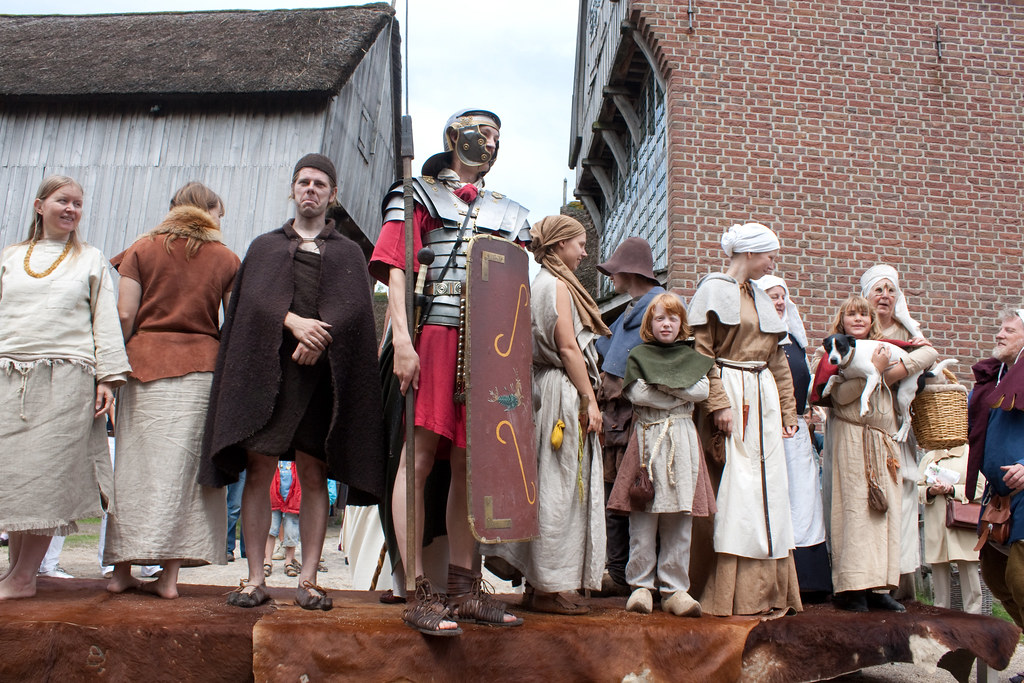
Several groundbreaking artists have emerged as leaders in this unique fashion movement. Iris van Herpen, the Dutch designer known for her avant-garde creations, has created stunning pieces inspired by geological formations and ancient marine life. Her work often features 3D-printed elements that mimic the spiral shells of ammonites or the flowing forms of prehistoric jellyfish.
In Japan, designer Kunihiko Morinaga has experimented with fabric treatments that create dinosaur-scale effects, utilizing innovative techniques to make modern materials resemble the texture of ancient skin. His work often incorporates metallic elements that give garments an almost fossilized appearance. Meanwhile, British designer Gareth Pugh has created dramatic silhouettes inspired by pterosaur wing structures, translating the aerodynamic forms of flying reptiles into wearable art.
These designers aren’t just creating costumes – they’re developing new techniques and materials that push the boundaries of what fashion can be. Their work has inspired a new generation of designers to look beyond traditional sources of inspiration and dig deeper into Earth’s ancient past.
Materials and Techniques That Bring Fossils to Life
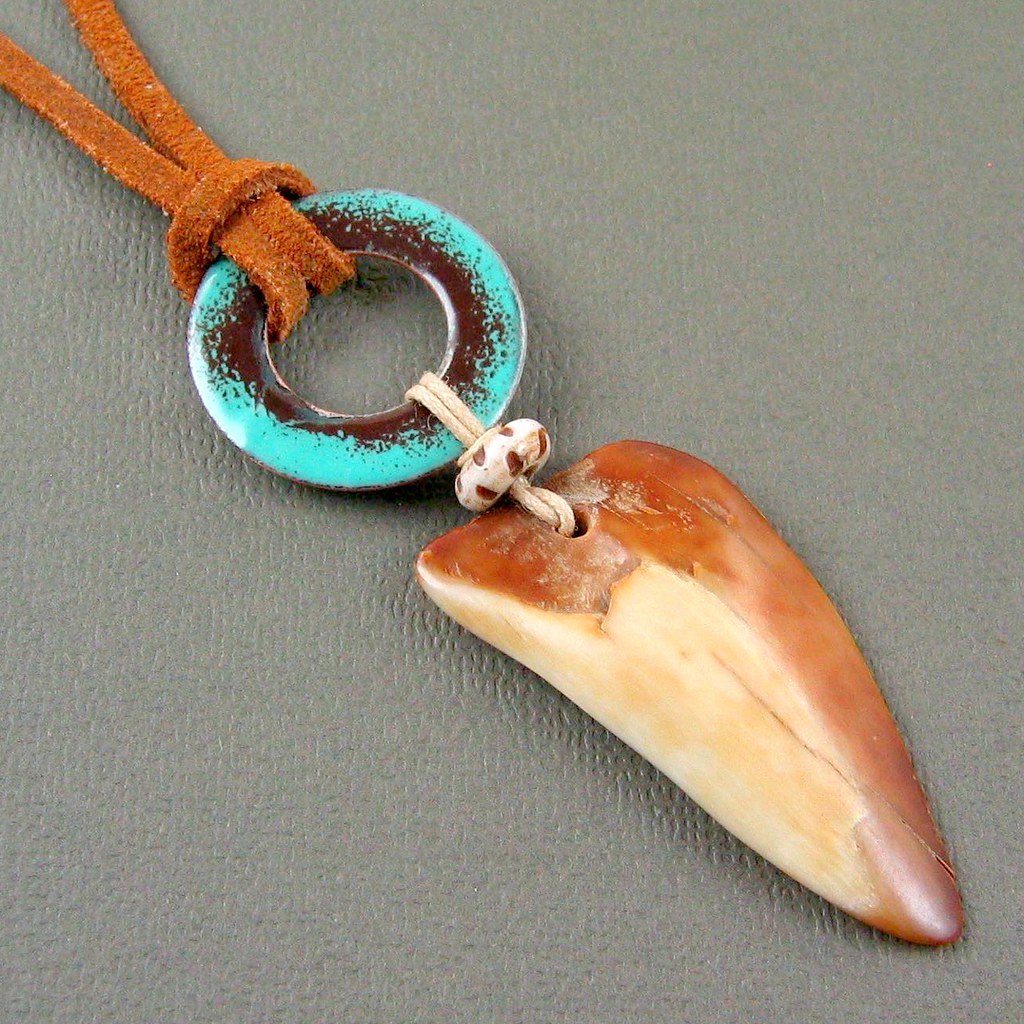
The materials used in prehistoric fashion are as innovative as the designs themselves. Many artists work with leather treated to create scale-like textures, while others use advanced 3D printing techniques to create intricate bone-like structures. Some designers have even experimented with bio-materials, growing bacterial cellulose that can be shaped and colored to mimic ancient organic matter.
Metalwork plays a crucial role in many prehistoric-inspired pieces. Artists use techniques like electroforming to create jewelry that looks like fossilized bones or teeth. Others work with patinated metals that give the appearance of ancient artifacts, complete with the green oxidation you might see on bronze items buried for millennia.
Fabric manipulation is another key technique. Designers use heat-setting, pleating, and chemical treatments to create textures that would be impossible to achieve through traditional means. Some create a fabric that appears to have been compressed over millions of years, while others develop materials that seem to shift and change like living tissue.
The Role of Technology in Prehistoric Fashion
Modern technology has become an essential tool for prehistoric fashion designers. 3D scanning allows artists to create perfect replicas of fossil structures, which can then be scaled and modified for wearable pieces. Computer modeling helps designers understand how ancient creatures moved, allowing them to create garments that capture the essence of prehistoric motion.
Virtual reality is being used to help designers visualize how their pieces might look in prehistoric environments. This technology allows them to test color combinations and textures against digitally reconstructed ancient landscapes, ensuring their creations feel authentic to the periods they represent.
Some designers are even using AI to analyze fossil data and generate new patterns and textures. Machine learning algorithms can identify subtle patterns in fossil records that human eyes might miss, leading to innovative design elements that are both scientifically grounded and visually stunning.
Color Palettes Inspired by Ancient Worlds
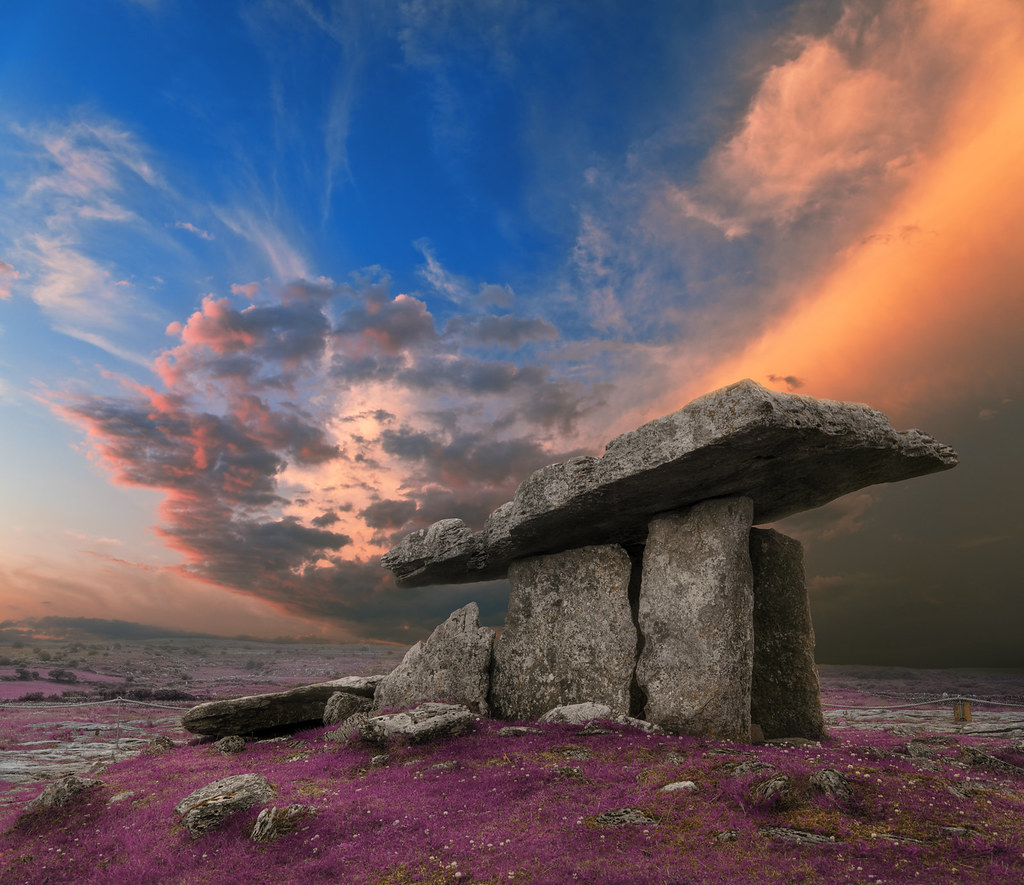
The color schemes used in prehistoric fashion are far from the dull grays and browns many people associate with dinosaurs. Recent scientific discoveries have revealed that many ancient creatures were surprisingly colorful, and designers are embracing these vibrant palettes in their work. Deep ocean blues inspired by marine reptiles, fiery oranges from feathered dinosaurs, and iridescent greens from ancient beetles all find their way into modern prehistoric fashion.
Earth tones still play an important role, but they’re used more strategically. Designers might use rich ochres and deep browns to create a sense of geological time or incorporate the silvery grays of fossilized bone as accent colors. The key is balancing scientific accuracy with visual appeal, creating pieces that feel both ancient and contemporary.
Some artists take inspiration from the environments these creatures lived in, incorporating the colors of Jurassic forests or Cretaceous swamps into their designs. This environmental approach adds another layer of authenticity to the pieces, connecting them not just to individual creatures but to entire prehistoric ecosystems.
Accessories That Transport You to the Mesozoic Era
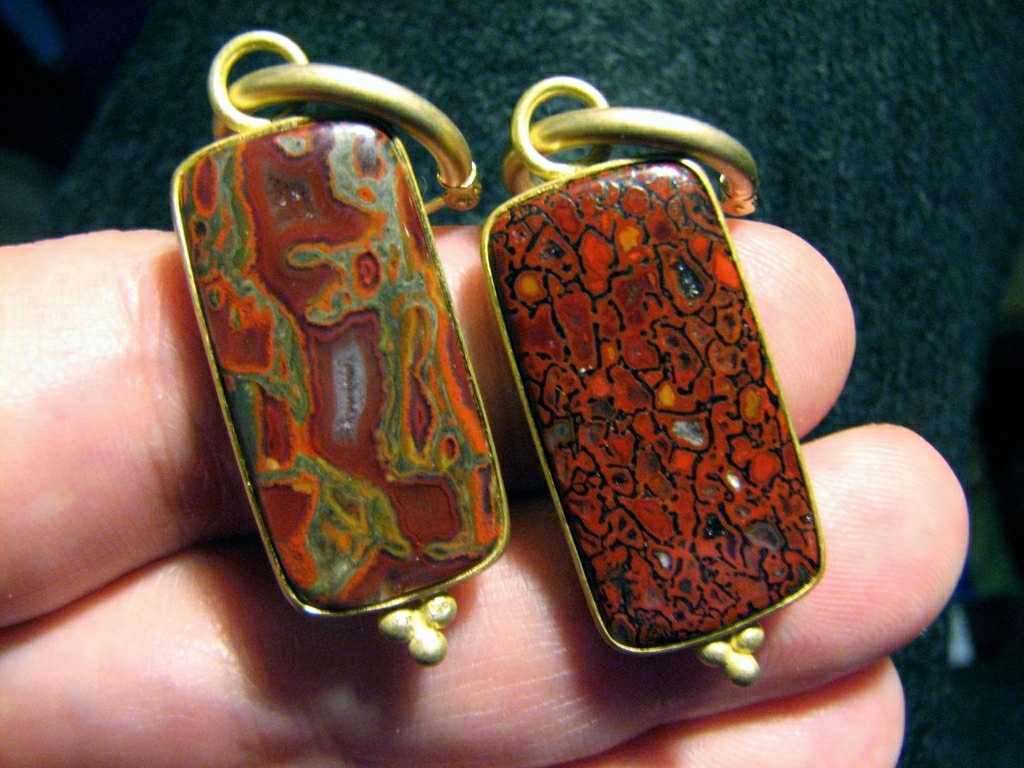
Prehistoric-inspired accessories often steal the show in this fashion movement. Jewelry made from cast fossil replicas, handbags shaped like ammonite shells, and shoes with textured surfaces that mimic dinosaur feet are just the beginning. These pieces often incorporate actual geological materials, with designers using everything from polished amber to genuine fossil fragments.
Headpieces are particularly popular, with artists creating elaborate designs inspired by the crests and frills of various dinosaur species. Some designers craft modern interpretations of Triceratops frills or Parasaurolophus crests, turning these ancient features into stunning fashion statements. Others create more subtle pieces, like earrings that echo the spiral patterns of nautilus shells or bracelets that mimic the segmented bodies of trilobites.
The attention to detail in these accessories is remarkable. Designers study microscopic fossil evidence to recreate authentic textures and patterns, ensuring that even the smallest elements of their pieces are scientifically grounded. This dedication to accuracy elevates the accessories from simple fashion items to educational tools that help people connect with prehistoric life.
Runway Shows That Recreate Ancient Ecosystems
Fashion shows featuring prehistoric-inspired designs have become elaborate theatrical productions. Designers create immersive environments that transport audiences to ancient worlds, complete with projected backdrops of prehistoric landscapes and soundscapes filled with the calls of long-extinct creatures. These shows are part fashion presentation, part museum exhibition, and part time machine.
The staging of these events is crucial to their impact. Models might walk through recreated Jurassic forests or across landscapes that mimic the surfaces of ancient sea floors. Lighting is carefully designed to evoke different geological periods, with warm, amber-toned lights for pieces inspired by creatures preserved in fossilized resin, or cool, blue-green lights for designs based on marine reptiles.
Some shows incorporate educational elements, with paleontologists providing context for the designs and explaining the scientific discoveries that inspired them. This approach helps audiences understand not just the aesthetic value of the pieces, but their educational significance as well.
The Educational Impact of Prehistoric Fashion
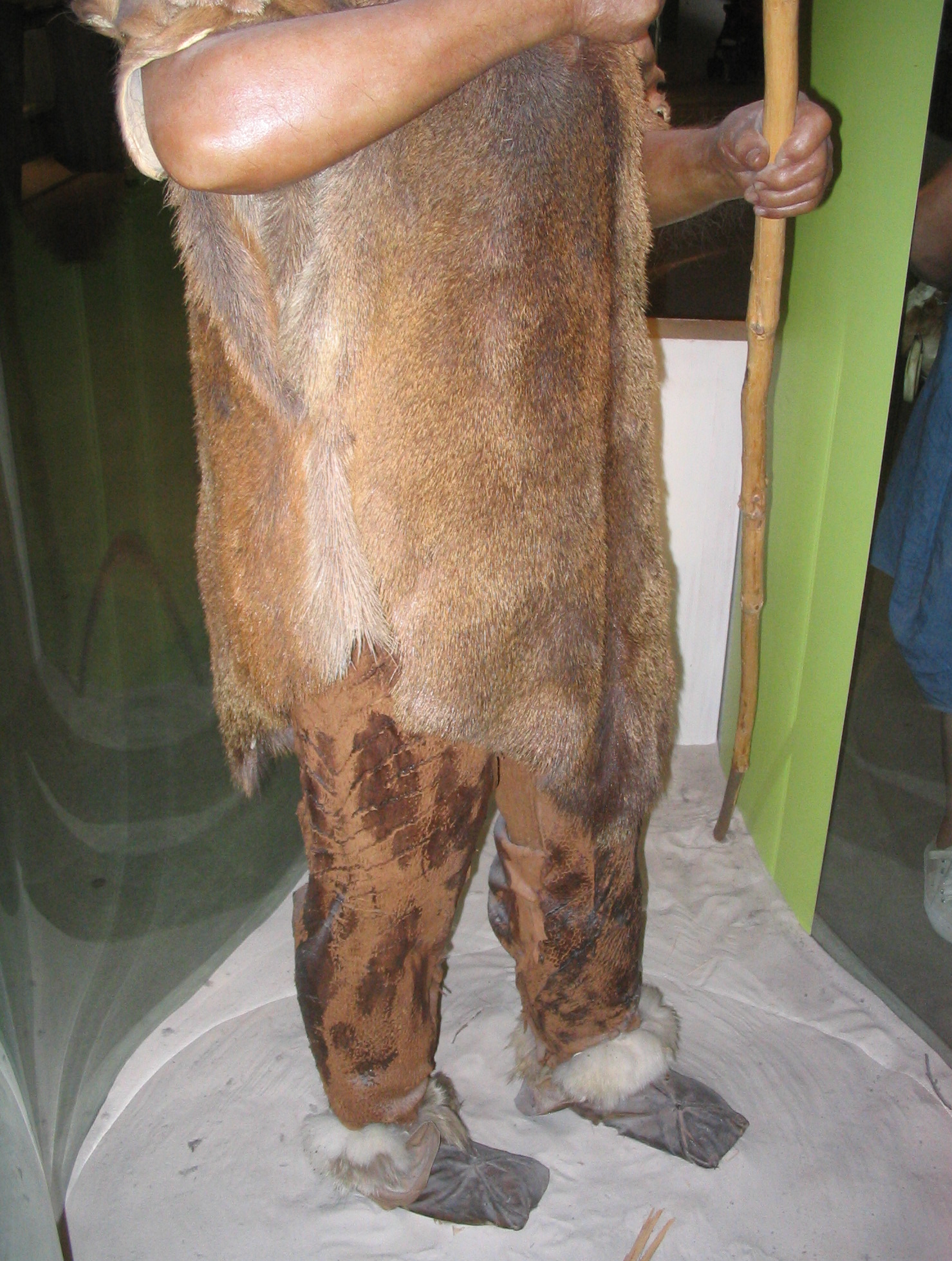
Perhaps surprisingly, prehistoric fashion has become an important educational tool. Museums around the world are incorporating fashion pieces into their paleontological exhibits, using these wearable artworks to help visitors connect with ancient life in new ways. The tactile nature of clothing makes prehistoric concepts more accessible than traditional displays of fossils behind glass.
Schools are beginning to use prehistoric fashion as a way to teach students about paleontology, geology, and evolutionary biology. When students can see and touch reproductions of ancient textures and patterns, they develop a more intuitive understanding of what these creatures might have been like. Fashion workshops that focus on prehistoric themes are becoming popular educational activities, combining art, science, and history in engaging ways.
The movement has also inspired new collaborations between fashion schools and paleontology departments at universities. Students are working together to create pieces that are both scientifically accurate and artistically compelling, fostering interdisciplinary learning that benefits both fields.
Sustainable Practices in Prehistoric Fashion
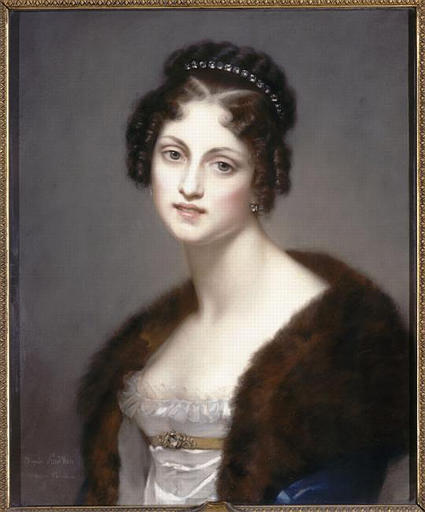
Many prehistoric fashion designers are committed to sustainable practices, seeing their work as a way to connect with natural cycles and long-term thinking. They often use recycled materials, upcycled fabrics, and sustainable production methods that minimize environmental impact. This approach feels particularly appropriate given the deep-time perspective that comes with working with prehistoric themes.
Some designers create pieces that are designed to age and patina over time, developing the weathered appearance of ancient artifacts through natural wear. Others use biodegradable materials that will eventually return to the earth, mimicking the natural cycles of decay and fossilization that preserve prehistoric life for us to discover.
The movement has also sparked conversations about the relationship between fashion and geological time. When designers create pieces inspired by creatures that lived hundreds of millions of years ago, it puts the fast-fashion industry’s rapid turnover cycles into stark perspective, encouraging more thoughtful approaches to clothing design and consumption.
Collaborations Between Artists and Paleontologists
The most successful prehistoric fashion pieces often emerge from close collaborations between artists and scientists. Paleontologists provide the scientific expertise needed to ensure accuracy, while artists bring the creative vision needed to transform fossil evidence into wearable art. These partnerships have led to some of the most innovative and educational pieces in the movement.
Some collaborations have resulted in pieces that are displayed in both fashion exhibitions and natural history museums, bridging the gap between art and science in meaningful ways. Scientists appreciate having new ways to share their research with the public, while artists gain access to cutting-edge discoveries that inspire their work.
These partnerships often extend beyond individual pieces to include educational programs, workshops, and public lectures that help audiences understand both the scientific and artistic aspects of prehistoric fashion. The collaboration model has proven so successful that it’s becoming the standard approach for serious prehistoric fashion projects.
The Psychology of Wearing Prehistoric-Inspired Clothing
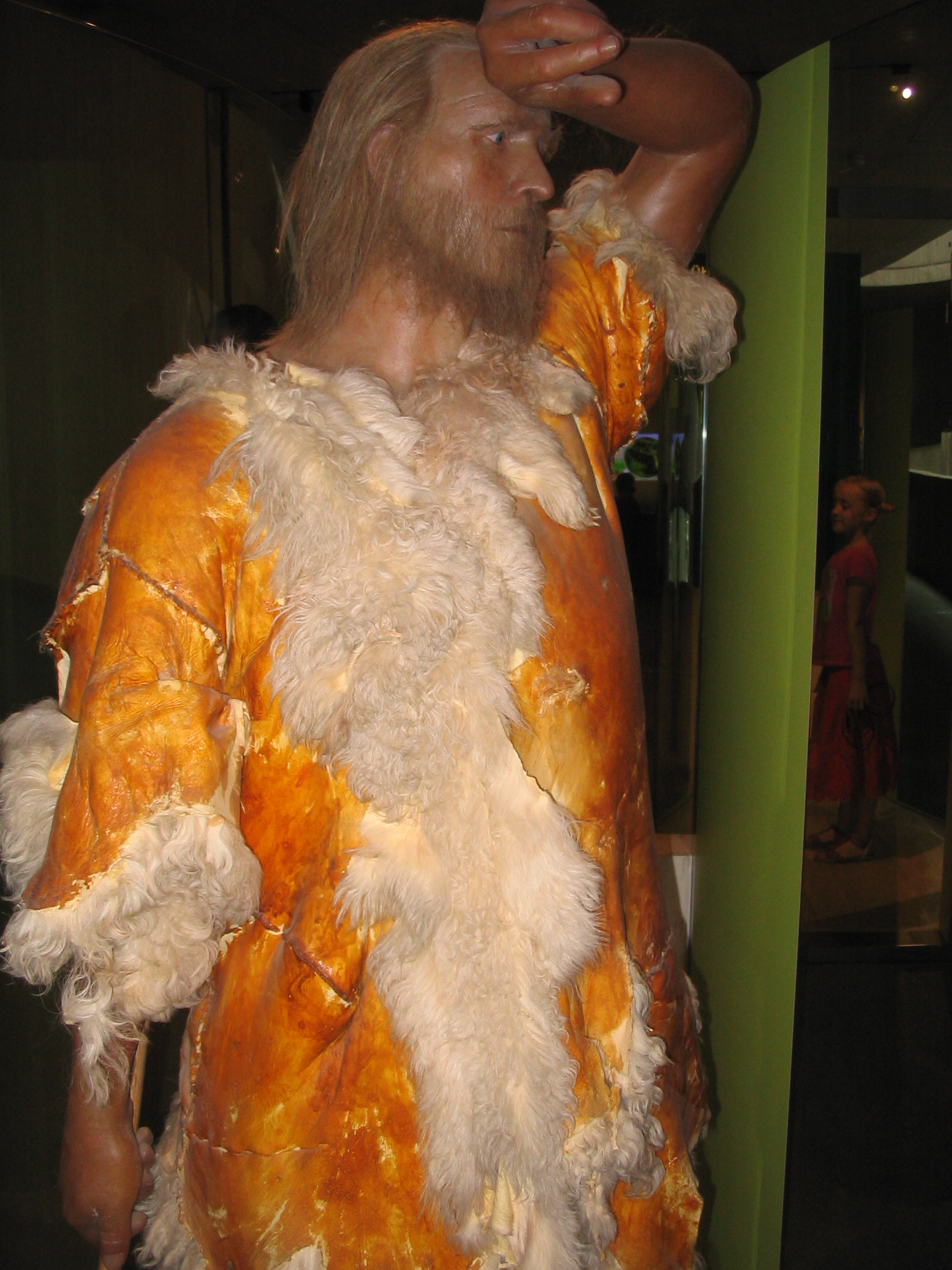
There’s something deeply powerful about wearing clothing inspired by creatures that lived millions of years ago. People who wear prehistoric fashion often report feeling connected to deep time and natural history in ways that surprise them. The weight of geological history seems to settle into the fabric, creating a sense of gravitas and connection to the natural world.
Psychologists have noted that prehistoric fashion can serve as a form of nature therapy, helping urban dwellers reconnect with the natural world through their clothing choices. The textures and patterns inspired by ancient life can provide a tactile connection to nature that’s often missing from modern life.
The movement also appeals to people’s sense of wonder and curiosity about the past. Wearing these pieces becomes a way of carrying questions about evolution, extinction, and deep time into daily life, sparking conversations and encouraging learning in unexpected contexts.
Market Trends and Consumer Interest
The market for prehistoric-inspired fashion has grown significantly over the past few years, with both high-end designers and mass-market retailers taking notice. Luxury fashion houses are beginning to incorporate prehistoric elements into their collections, while online retailers are offering more affordable options for consumers interested in the trend.
Social media has played a crucial role in the movement’s growth, with platforms like Instagram providing perfect venues for sharing the dramatic visual impact of prehistoric fashion. Influencers and fashion bloggers have embraced the trend, helping to bring it to mainstream attention and creating demand for both custom pieces and ready-to-wear options.
The educational aspect of prehistoric fashion has also attracted institutional buyers, with museums, schools, and cultural organizations commissioning pieces for their collections and programs. This institutional interest has helped establish prehistoric fashion as a legitimate artistic movement rather than just a passing trend.
Future Directions and Emerging Technologies
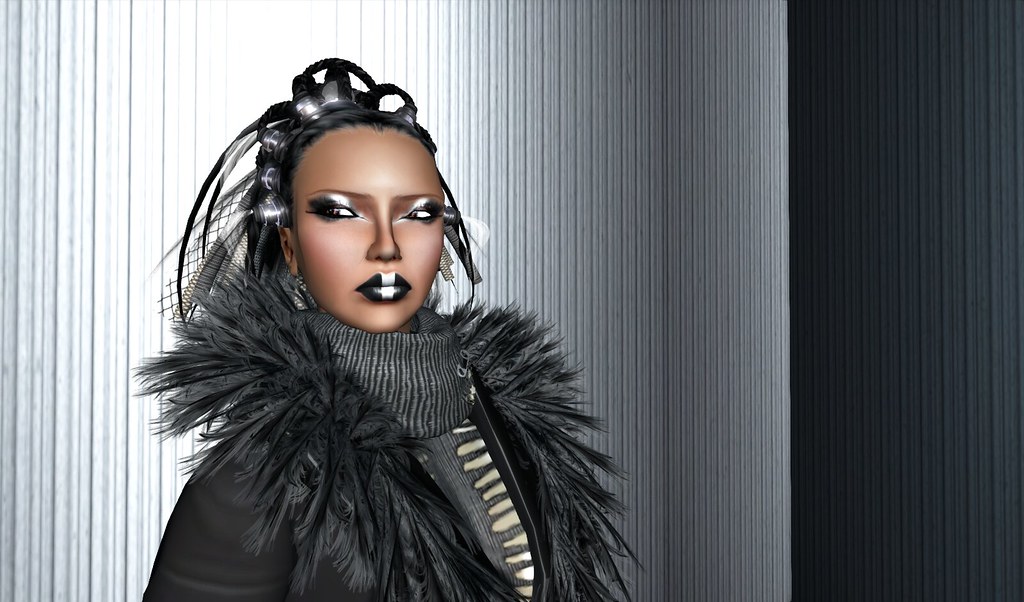
The future of prehistoric fashion looks as exciting as its ancient inspirations. Emerging technologies like bioprinting and synthetic biology may soon allow designers to create materials that more closely mimic the biological properties of ancient organisms. Imagine clothing that could change color like cuttlefish skin or adapt to temperature like the feathers of ancient birds.
Virtual and augmented reality technologies are also opening new possibilities for prehistoric fashion experiences. Designers are experimenting with AR applications that allow people to see how they might look in different prehistoric environments, or VR experiences that let them walk through ancient worlds while wearing period-appropriate clothing.
The movement is also expanding beyond Earth’s prehistoric past to include designs inspired by hypothetical alien life forms and speculative evolution. This expansion is creating new opportunities for collaboration between fashion designers, scientists, and science fiction artists, potentially opening up entirely new categories of nature-inspired fashion.
Conclusion
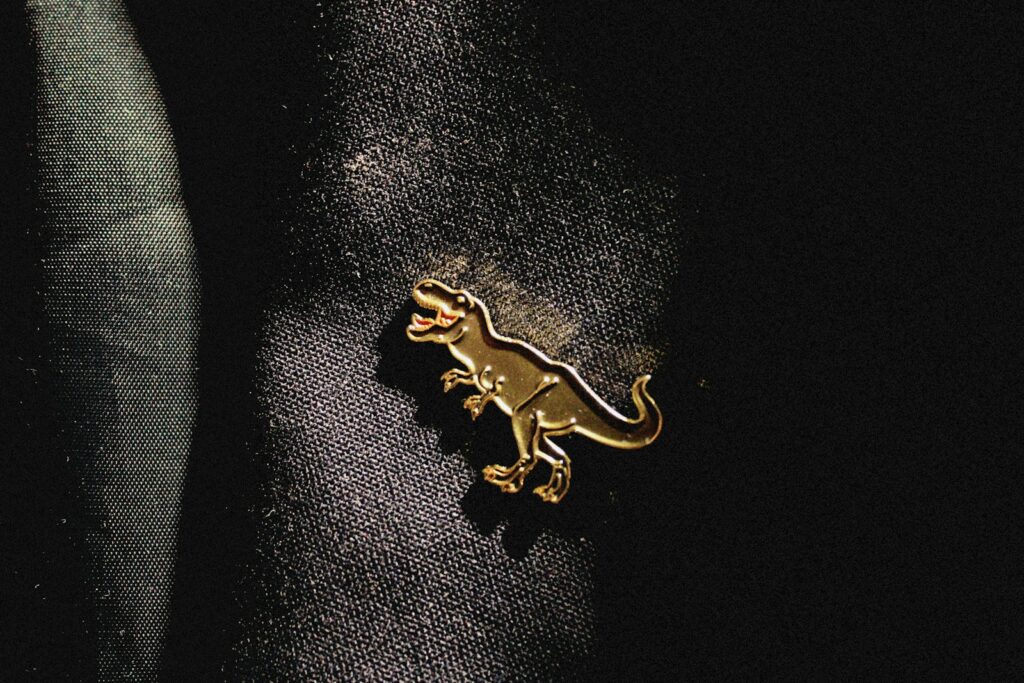
As our understanding of prehistoric life continues to evolve through new fossil discoveries and advanced analytical techniques, prehistoric fashion will undoubtedly continue to grow and change. The movement has already proven that fashion can be both beautiful and educational, artistic and scientific. What new wonders will emerge as we continue to uncover the secrets of our planet’s deep past?
The intersection of paleontology and fashion represents something truly unique in our cultural landscape – a way of making the distant past tangible and immediate through the simple act of getting dressed. Whether you’re drawn to scientific accuracy, artistic innovation, or simply jaw-dropping visual impact, prehistoric fashion offers a window into worlds that existed long before humans walked the Earth. It’s a reminder that creativity and curiosity can transform even the most ancient discoveries into something startlingly contemporary and deeply personal.



